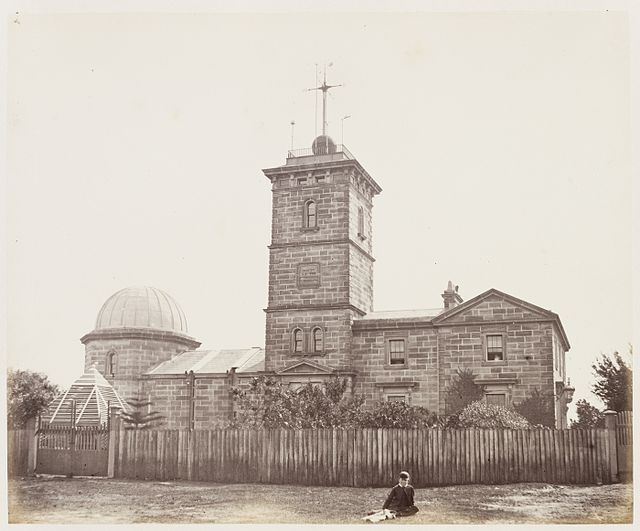An astronomical clock, horologium, or orloj is a clock with special mechanisms and dials to display astronomical information, such as the relative positions of the Sun, Moon, zodiacal constellations, and sometimes major planets.
Face of the Prague astronomical clock, in Old Town Square
The astrarium made by the Italian astronomer and physician Giovanni Dondi dell'Orologio showed the hour, the yearly calendar, and the movement of the planets, Sun and Moon. Modern reconstruction in the Museo Nazionale Scienza e Tecnologia Leonardo da Vinci, Milan, Italy; it is about three feet high.
The courtier and bibliophile Louis de Gruuthuse in front of an astronomical clock. Henri Suso, Horloge de Sapience, 1470-1480
The Rasmus Sørnes Clock.
Astronomy is a natural science that studies celestial objects and the phenomena that occur in the cosmos. It uses mathematics, physics, and chemistry in order to explain their origin and their overall evolution. Objects of interest include planets, moons, stars, nebulae, galaxies, meteoroids, asteroids, and comets. Relevant phenomena include supernova explosions, gamma ray bursts, quasars, blazars, pulsars, and cosmic microwave background radiation. More generally, astronomy studies everything that originates beyond Earth's atmosphere. Cosmology is a branch of astronomy that studies the universe as a whole.
The Paranal Observatory of European Southern Observatory shooting a laser guide star to the Galactic Center
Astronomical Observatory, New South Wales, Australia 1873
19th-century Quito Astronomical Observatory is located 12 minutes south of the Equator in Quito, Ecuador.
The Suryaprajnaptisūtra, a 6th-century BC astronomy text of Jains at The Schoyen Collection, London. Above: its manuscript from c. 1500 AD.








